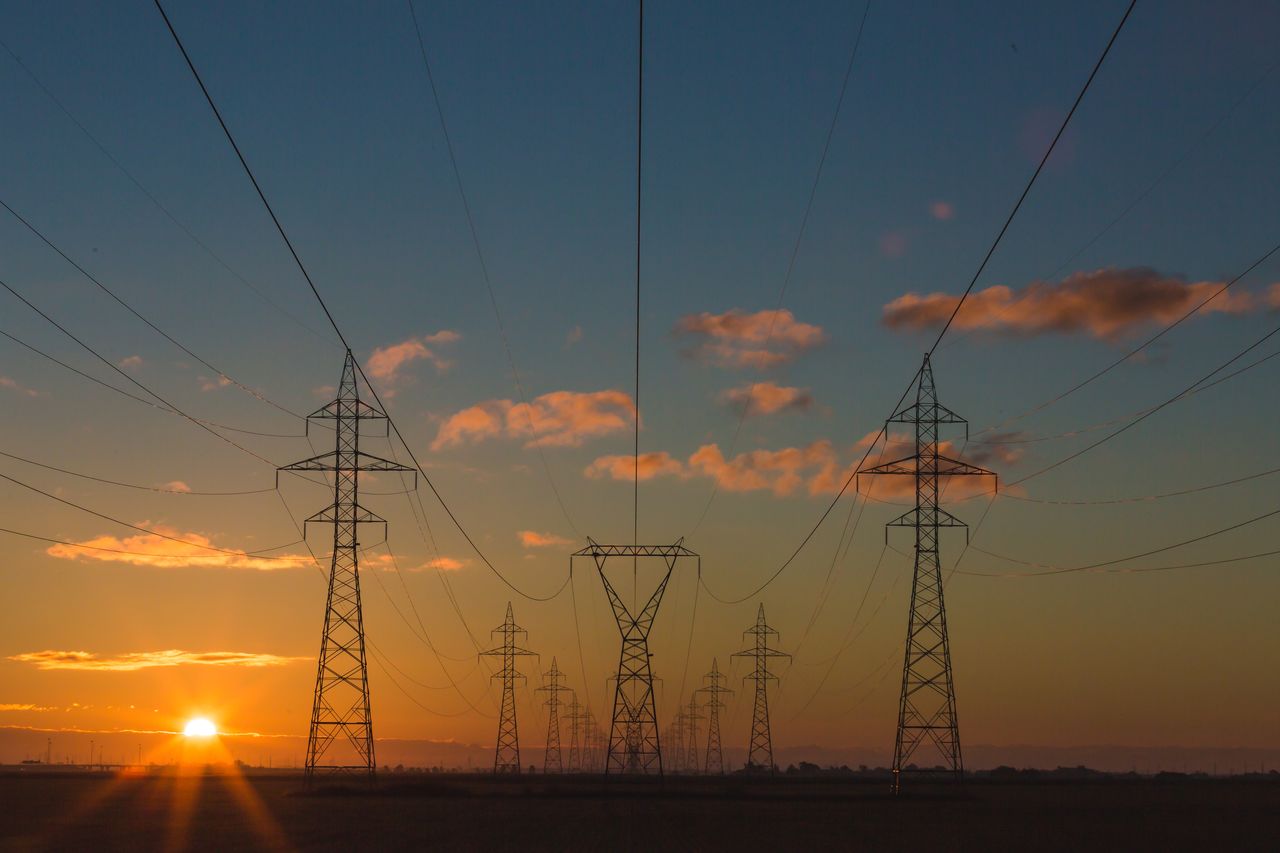A sustainable and resource-efficient society requires structural change, which includes a shift towards a circular and bio-based economy. There are many obstacles that today counteract the development of new solutions. This includes public and private organizations lacking capital, technical knowledge, and appropriate business models. There is also a lack of systems knowledge that can help facilitate sustainable solutions. In order to overcome these problems, an interdisciplinary approach is needed where different perspectives and methods are combined. In this project, three doctoral students with different academic backgrounds will therefore work together to find new approaches to how actors can collaborate to create efficient resource flows.
Purpose
The aim of this project is to develop smart symbiosis solutions. Smart symbiosis connects energy and material flows with the aim of creating resource efficiency, innovation and integration in the value chain.
In this project, we will further knowledge on smart symbiosis by combining mathematical modeling, actor network analysis and valuation studies to analyze the interface where not only material and energy-efficient processes meet, but also actors' interests, values, and possibilities for developing common business models. More precisely, the project aims to:
- by combining methods and theories from social science and technical research, develop a general framework for how public and private actors can work systematically to implement new collaborations that promote new energy-efficient resource flows.
- develop knowledge of the barriers, enablers, and the added value that can be obtained by actors adopting a circular perspective when, for example, coordinating goals, investments, plans or processes for creating energy-efficient resource flows.
Aim
The general aim is to increase the understanding of how collaboration that promotes new resource flows between public and private actors can be stimulated. The project also seeks to increase knowledge about what opportunities, consequences and added value can be obtained when actors adopt a circular perspective and e.g. coordinates business models or find new ways to work together in urban planning.
Another goal is to contribute to the development of interdisciplinary research processes. In this project, doctoral students with different scientific backgrounds will therefore collaborate with recipients in society to develop a generalizable model for how public and private actors can work systematically to implement new collaborations that promote efficient use of resources.
Research in collaboration
Three doctoral students will collaborate. One doctoral student will investigate values in circular economy, one will bring in perspectives on how different actors collaborate, and one will model resource flows through technoeconomic and climate perspectives.
Research results
The result of the project will be a framework for smart symbiosis that includes how resource flows can and should be used from a sustainability perspective. It will also present how networks can be used as a resource to influence and coordinate decision-making, methods, values and routines aimed towards resource efficiency in different organizations.
The energy saving potential of this project lies in the possibility of developing new collaborations around different production flows where, for example, previous waste finds new areas of use. The energy savings are both direct and indirect. Indirect in the sense of energy use avoidance, e.g. if you recycle plastic or produce bioplastic, the production of plastic in other energy-intensive processes is avoided.

